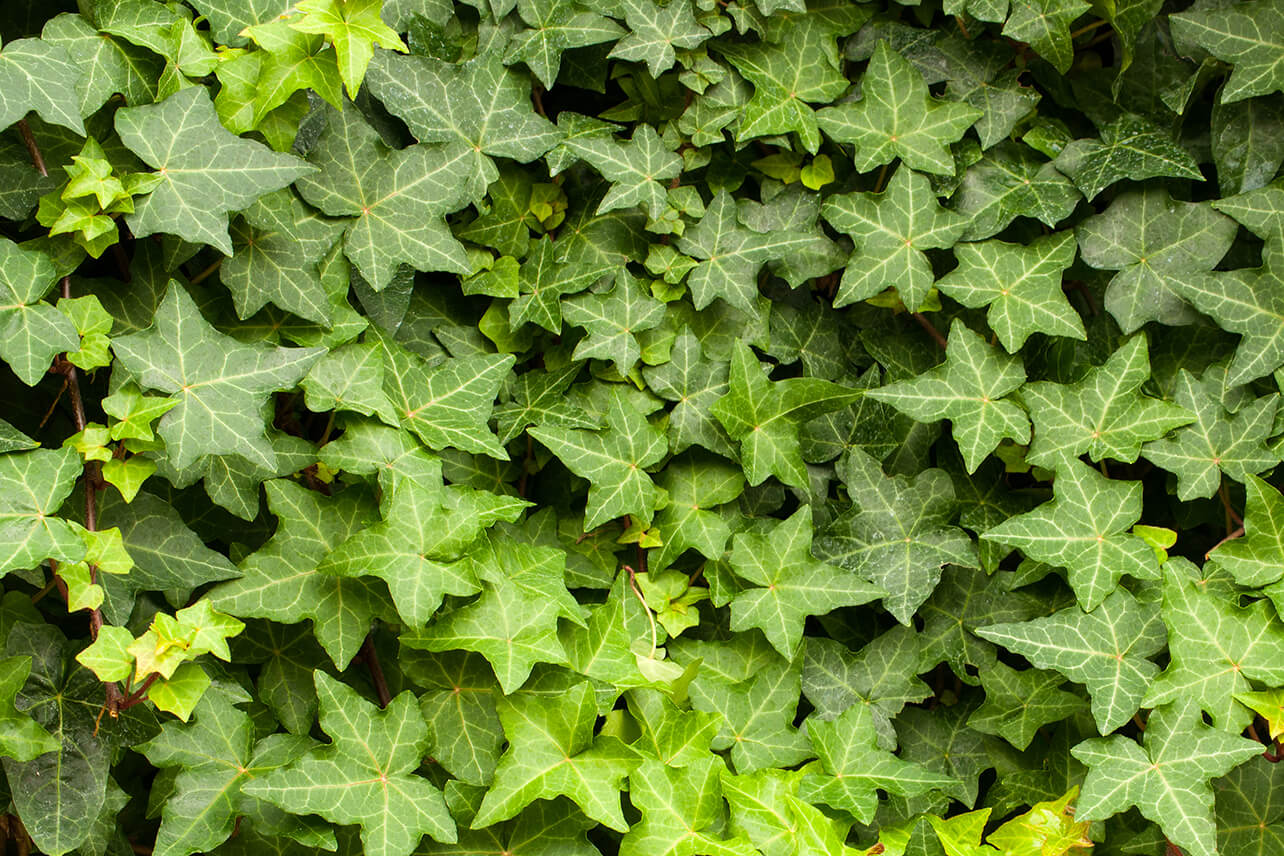Is English Ivy Bad? Understanding the Pros and Cons of This Controversial Climber
.

English ivy (Hedera helix) is a familiar sight in many gardens and landscapes. With its lush foliage and ability to grow almost anywhere, this vigorous vine certainly has visual appeal. However, gardeners, homeowners, and environmentalists often ask a critical question: is English ivy bad? The answer can be more complex than a simple “yes” or “no.” Let’s take a closer look at the benefits of this plant, the reasons it’s often considered harmful, and what you can do about it.
A Brief Introduction to English Ivy
Native to Europe and western Asia, English ivy was introduced to North America for its ornamental value. Its ability to thrive in various climates led to widespread use in landscaping as a groundcover or decorative climbing vine. Today, it is common to see English ivy on fences, walls, and trees in many neighborhoods.
Potential Benefits of English Ivy
- Aesthetic Appeal: Ivy-covered walls and fences evoke a classic, timeless look. The dense evergreen foliage can add charm and sophistication to a property’s exterior.
- Groundcover and Erosion Control: Because English ivy grows rapidly and spreads horizontally, it can help stabilize soil on slopes and hills.
- Wildlife Habitat: In some cases, thick ivy patches provide shelter for small mammals and insects.
For those who maintain it carefully and keep it in controlled areas, English ivy can be a visually pleasing addition to a landscape. However, the downsides often overshadow these advantages.
The Downsides: Why English Ivy Can Be Bad
Invasiveness
- Outcompeting Native Plants: English ivy is considered invasive in many regions. Once established, it can outcompete local species for nutrients, sunlight, and space, reducing biodiversity.
- Rapid Spread: The vine produces long, trailing stems capable of rooting at multiple nodes, making it hard to eradicate once it takes hold.
Damage to Structures
- Walls and Masonry: While ivy-covered buildings can look quaint, its clinging aerial roots can degrade brick, mortar, and wooden structures over time if not regularly monitored.
- Trees: Ivy that climbs trees can weaken branches by adding weight and retaining moisture, making them more vulnerable to disease and storm damage.
Pest Concerns
- Pests and Rodents: Thick ivy growth can harbor rats and other pests, as well as provide a haven for insects.
Allergenic and Toxicity Issues
- Skin Irritation: Some people experience allergic reactions when handling ivy.
- Poisonous if Ingested: The leaves and berries of English ivy can be toxic to pets and humans if eaten.
Managing and Removing English Ivy
- Regular Maintenance: Pruning ivy back at least once or twice a year keeps it from overwhelming other plants or climbing too high.
- Physical Removal: Pulling out vines and roots by hand is effective but can be labor-intensive. Persistence is key; any leftover fragments can re-root.
- Cutting at the Base: If ivy has climbed walls or trees, sever the stems at the base to halt upward growth. Gently remove dead vines once they’ve dried out to minimize damage to surfaces.
- Mulching and Smothering: Covering ivy patches with thick mulch or tarp can weaken and eventually kill the plants, especially in areas where hand-pulling is challenging.
- Professional Help: In severe infestations or cases where ivy is damaging structures, hiring a professional landscaping or yard care service can ensure safe and thorough removal.
Conclusion: Weighing the Pros and Cons
So, is English ivy bad? It can be, especially in regions where it’s classified as invasive and poses a threat to native ecosystems, property structures, and local wildlife habitats. While it does offer some aesthetic benefits and can be useful in erosion control, the potential risks often outweigh the rewards for many homeowners and communities.
If you choose to grow English ivy, do so with caution—regularly monitor and trim it, and consider the broader environmental impacts. For those dealing with overgrowth, prompt and persistent removal is the best approach to protect your property and local ecology. By staying informed and taking proactive steps, you can make the best choice for your landscape and the environment.
